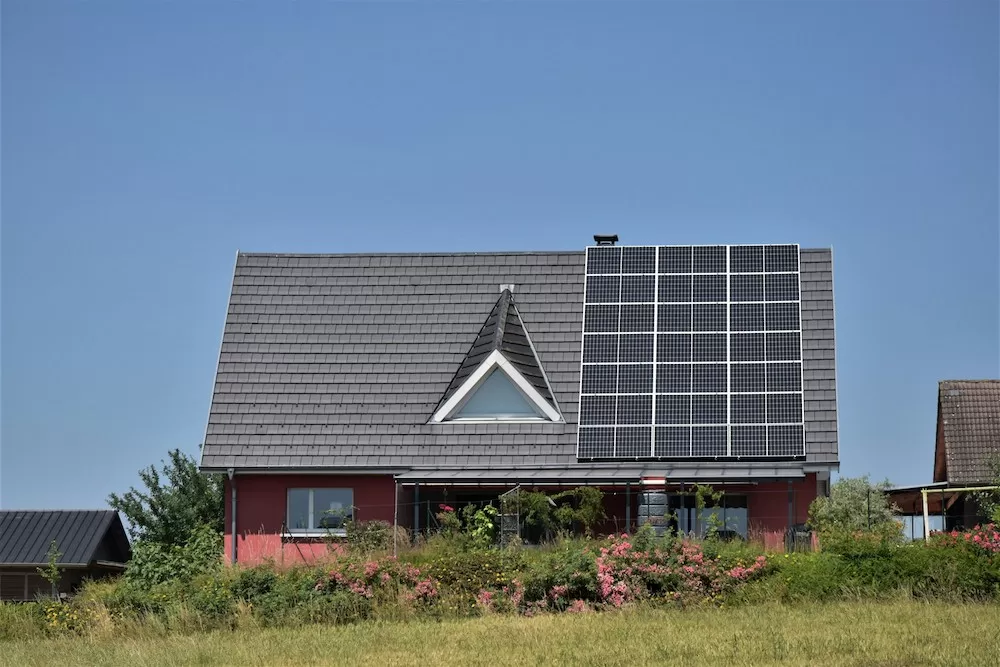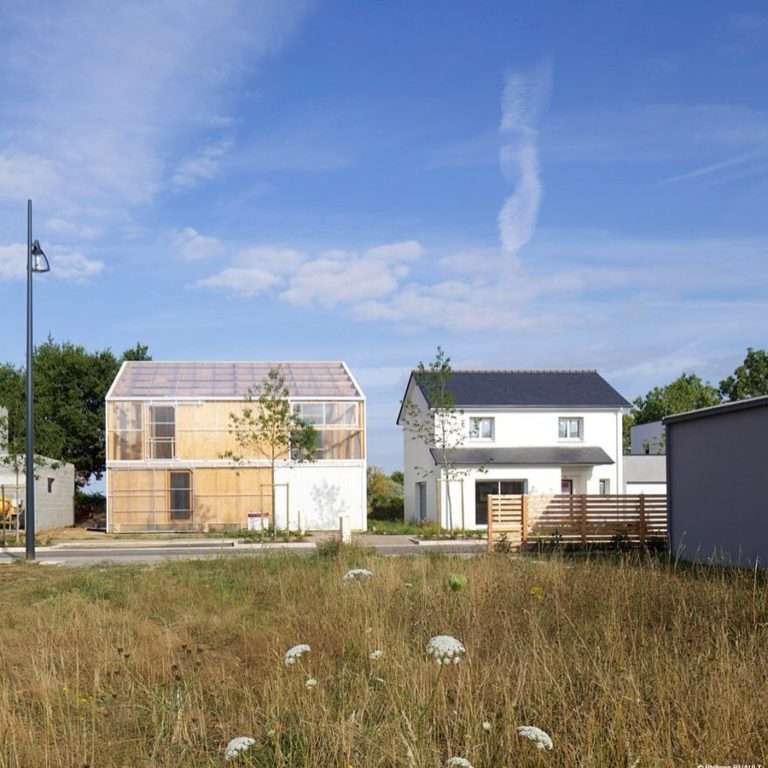Empowering Energy Freedom with Smart Choices
The idea of energy freedom stirs excitement and possibility. This isn’t a concept confined to tech circles or the environmental elite; it is a movement anyone can do in their own home. Energy freedom means seizing control, making smart choices, and equipping oneself with the option to produce, manage, and conserve energy independently. At its core, energy freedom empowers individuals to chart their own course toward self-sufficiency.
Shifting to Sustainable Energy Sources
Imagine having the power to generate your own electricity. With solar power playing such a major role in residential energy solutions, homeowners are no longer tethered to energy grid fluctuations. Solar panels can transform rooftops into energy mills, harvesting the sun’s hive of activity. Not only are users potentially able to watch their electric bills shrink, but they also reduce their carbon footprint in the process.

Adopting renewable energy goes beyond the choices of solar panels — wind turbines and hydropower are also on the rise for domestic use. These incredibly effective methods can complement solar installations and expand energy generation capabilities. By diversifying the way electricity is produced at home, individuals can buffer themselves against days with less sunshine, adding a layer of security to their energy strategy.
The Role of Energy Management Systems
Knowledge is power when it comes to energy management. Monitoring systems and smart meters provide invaluable insights into consumption patterns. Users can analyze these data to identify waste, maximize savings, and further reduce reliance on traditional power suppliers. The power to optimize energy usage dynamically bolsters savings and aligns consumption with the generation. Energy freedom isn’t simply about having power; it’s about informed decision-making that optimizes personal consumption.
Armed with data from energy management systems, users can enact real-time modifications to their consumption habits. This customization means schedules can be adjusted based on peak generation times, cutting down on unnecessary usage. Marking a shift from reactive to proactive energy management, these smart insights allow individuals to align their consumption activities with periods of optimal energy generation, thereby maximizing home-produced energy output.
In regions like Texas, where energy demands are high, exploring affordable energy plans for Texas residents can further create the pathway to energy freedom. Such plans can provide residents with the flexibility and affordability needed to embrace a self-reliant energy lifestyle effectively.
Transitioning to Energy-Efficient Appliances
Energy freedom is tightly knit with choosing appliances engineered to consume less power. Modern refrigeration, heating, and lighting solutions boast high efficiency, ensuring maximum output with minimal input. Switching to energy-efficient appliances not only relieves stress on household power resources but ensures that any energy produced is being used judiciously and responsibly.

Upgrading to energy-conscious appliances is an investment in future-proofing households against rising utility costs. While the initial expenses might be off-putting to some, long-term savings quickly outweigh the upfront costs. Firms in the appliance sector are optimizing features that prioritize energy savings without compromising on performance, providing households a smooth transition as they pivot towards sustainability.
Decentralization: Power in People’s Hands
Centralized energy grids are like old-school landlines — they’re reliable but binding. Energy freedom thrives on decentralization, enabling people to create microgrids that can operate autonomously. Microgrids offer flexibility and resilience by allowing homes or small communities to maintain power independently during outages or disruptions. By decentralizing, users are thrust into the role of energy masters, armed with solutions that ensure continuity in power supply when broader networks falter.
The collaborative spirit comes into play when neighbors share their generated energy or pool resources for larger installations. Creating community microgrids aligns with a shared vision of sustainability and resilience, prompting a shift from individual gains to collective prosperity. This community-centric approach not only increases energy reliability but also fosters stronger local relationships, reinforcing bonds and cooperation among residents.
Government Incentives and Policies
Several governments around the world have introduced measures to encourage energy independence through financial incentives and policy frameworks. From tax credits for renewable installations to rebates on energy storage systems, these incentives make the path to energy freedom accessible and appealing. Armed with financial support, people are more motivated than ever to explore self-sustaining solutions.
Local governments are increasingly recognizing the benefits of a more sustainable residential sector, and in turn, they’re engaging communities through subsidies and workshops. Empowering citizens with educational tools and financial aid not only motivates individual action but also catalyzes communal enthusiasm toward achieving energy freedom. As policies continue to support renewable adoption, the groundwork for widespread change becomes increasingly sturdy.
Making Energy Storage a Priority
Energy storage is a game-changer in the pursuit of energy autonomy. Solar panels don’t operate at night, but when paired with battery storage systems, they transform into 24/7 power stations. It’s like capturing lightning in a bottle — store excess electricity produced during sunny days and release it when needed. Houses equipped with battery storage become mini power stations, equipped to consume energy as and when required, aligning usage with individual schedules and lifestyles.
Advancements in energy storage technology are making it increasingly cost-effective for households to invest in secure and sustainable solutions. With options ranging from industrial-scale batteries to smaller home-based systems, individuals and communities alike can tap into these reserves to maintain constant energy availability. This move towards comprehensive storage systems is enabling even remote or off-grid communities to leap towards energy independence.
Conclusion
Embracing energy freedom holds transformative potential. It’s not just about economic savings or environmental stewardship; it represents a bold declaration of autonomy and empowerment. When people take charge of their energy destiny, they transcend dependency and breathe life into their values and aspirations. The future isn’t powered by passive consumption but by active participation, deliberate choices, and a shared vision for sustainable independence.






